From the St. Francis Xavier Church in Chinatown, we next moved on to the Reunification Palace, one of the most fascinating sights in Ho Chi Minh City. On February 23, 1868, the foundation for a residence was laid on this site for by Adm. Pierre de la Grandiere, the French governor-general of Cochinchina. It was completed in 1873. Gradually, it expanded to become Norodom Palace (Dinh Norodom).
When the French departed, the palace became home to the unpopular South Vietnamese President Ngô Đình Diệm. On February 27, 1962, 2 pilots (Nguyễn Văn Cử and Phạm Phú Quốc) on two A-1 Skyraider (A-1D/AD-6 variant) aircraft of Diem’s own air force bombed the palace, almost destroying the entire left wing, in an unsuccessful attempt to kill him.
As it was almost impossible to restore the palace, Diệm ordered it demolished and commissioned a new residence to be built in its place. This time it had a sizeable bomb shelter in the basement. Diem did not get to see his dream house as he, together with his brother and chief adviser Ngô Đình Nhu, were killed by his own troops on November 2, 1963.
The newly completed building was inaugurated on October 31,1966 by General and later president Nguyễn Văn Thiệu, the chairman of the National Leadership Committee and head of the military junta, and was named Independence Palace (Dinh Doc Lap). It served as Thiệu’s home and office.
On April 8, 1975, Nguyễn Thanh Trung, a pilot of the Vietnam Air Force and an undetected communist spy, flew an F-5E aircraft from Biên Hòa Air Base and bombed the palace, causing no significant damage. On April 21, 1975, prior to the Fall of Saigon, Thieu hastily fled the palace and went into exile.
After a day of bombardment, the North Vietnamese were ready to make their final push into Saigon. On April 30, 1975, 10:45 AM, a Russian-made North Vietnamese Army T-54/55 (No. 843) tank of Tank Corps 203, 2nd Army, crashed through its wrought-iron gates, a dramatic scene recorded by Australian photo journalist Neil Davis and shown around the world. After crashing through the gates, a soldier ran into the building and up the stairs to unfurl a Vietcong flag from the balcony at 11:30 AM.
In an ornate reception chamber, Gen. Dương Văn Minh, who had become head of the South Vietnamese state only 43 hours before, waited with his improvised cabinet. “I have been waiting since early this morning to transfer power to you,” Minh said to the Vietcong officer who entered the room. “There is no question of your transferring power,” replied the officer. “You cannot give up what you do not have.” At 3:30 PM, Minh broadcast over the radio, stating “I declare the Saigon government…completely dissolved at all levels.” The dissolution of the South Vietnamese government effectively ended the Vietnam War.
Designed by Paris-trained Vietnamese architect Ngô Viết Thụ, this outstanding example of typical, strikingly modern 1960s architecture was built on a block of 12 hectares bordering four streets: Nam Ky Khoi Nghia in the front (the main entrance is open to Le Duan Boulevard), Huyen Tran Cong Chua in the back, Nguyen Thi Minh Khai on the right and Nguyen Du on the left. Its external sun canopies evoke the shape of tall bamboo. Its spacious rooms open onto grand corridors grouped around a monumental central staircase.
Following the liberation of Saigon, the Palace became the headquarters of the Municipal Military Administrative Committee. In 1975 the building was renamed Truong Thong Nhat to commemorate the national reunification. Before 1975, access to the palace and some surrounding areas was prohibited to the public. Today, the palace has become a famous tourist attraction in HCMC, hosting, on average, about 700-1,000 tourists per day (2,500-3,000 on Sundays).
The 5-storey, handsomely-designed building consists of 95 rooms and chambers, each decorated, according to its function, with the finest modern Vietnamese arts and crafts. Merging classic 1960’s architecture with the principles of feng shui and Chinese calligraphy, the design of the building is said to represent the Chinese character Hung which means “the nation to be prosperous forever.” It features two exhibition rooms, a 33-room guesthouse, bomb shelter, Catholic chapel, helipad and numerous entertainment facilities.
The ground floor has various meeting rooms including a room with a boat-shaped table that was often used for conferences. In the back of the building are the president’s living quarters (check out the model boats, horse tails and severed elephants’ feet). Upstairs are a grand set of reception rooms used for meeting foreign and national dignitaries. A room called Phu Dau Rong was where Pres. Nguyen Van Thieu received foreign delegations. The upstairs office with maps was actually just a decoy.
On the third floor is a shagadelic card-playing room , complete with a round leather banquette, a barrel-shaped bar, hubcap light fixtures and groovy three-legged chairs set around a flared-legged card table. There’s also a cinema and a rooftop nightclub, complete with a terrace with a heliport where a helicopter similar to that used for the evacuation of Pres. Thieu before the Viet Cong arrived is parked. From the balcony is a nice view of the surrounding park. The fourth floor, used for dancing, even had a casino.
The most interesting part of this 4,500 sq. m. building is probably the eerie basement’s extensive command center which contains a network of tunnels, a telecommunication center, mobile radio section, a spare radio station, the President’s bedroom, a large kitchen, a shooting range and a war room, full of ancient 1960s and 1970s phones, radios and office equipment.
Also on display are a Mercedes Benz 200 W110 car and a XE Jeep M151A2, a gallery with historical pictures on the walls (including many photos of US soldiers and personnel making a mad dash for the departing helicopters during the Fall of Saigon) and the best map of Vietnam you’ll ever see pasted on the wall, all supposedly left exactly as it was found when the North took over. It made me feel like I was on the set of “MASH.”
Outside, on the parade ground, is a F-5E fighter plane (similar to the one which bombed the palace on April 8, 1975) as well as a Russian-made T-54/55 tank (Tank 843) and a Chinese-made T-59 tank (Tank 390), both identical to the armored vehicles that broke through the palace gates.
The Reunification Palace may not be the most opulent of palaces but it is interesting to see because of its place in history. The very nice grounds, surrounded by immense lawns and high trees in its gardens, provide an airy and open atmosphere, a peaceful respite in the heart of a bustling area.
The eerie feeling of the empty hallways and the smell of damp air of the basement’s dark and forbidden, maze-like bunker system truly has a surrealistic quality to it. A time warp, it’s as if time has stood still since morning of April 30, 1975 (except for new gates).
Still, it is well worth the time to visit this section of the Reunification Palace, the real heart of it all. The cracked old furniture, fixtures and fittings are very kitsch and don’t feel out of place on the set of a 1960’s James Bond movie or even an Austin Powers film. This fantastic place, one of the best museums I have ever seen in my life, has to be visited for the history and architecture alone. A must see in HCMC.
Reunification Palace: 135 Nam Kỳ Khởi Nghĩa, Bến Thành, Quận 1, Hồ Chí Minh, Vietnam. Tel:+84 8 3822 3652. Open daily (so long as official receptions or meetings aren’t taking place), 7:30AM to 11:30AM and 1 to 5PM. Admission: adult (VND15,000) and children (VND2,000). English- and French-speaking guides are on duty during opening hours (prices are ‘up to you’). Some rooms in the palace are available for hire for meeting and banquets.

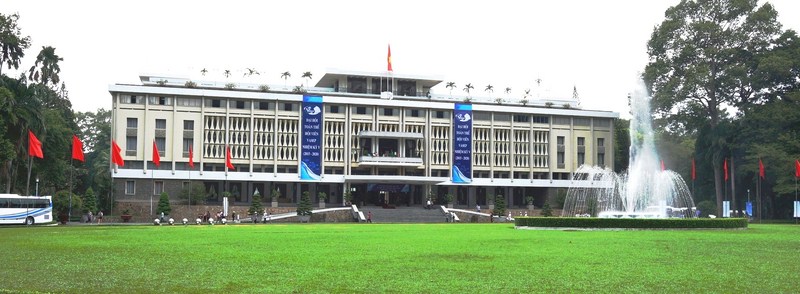
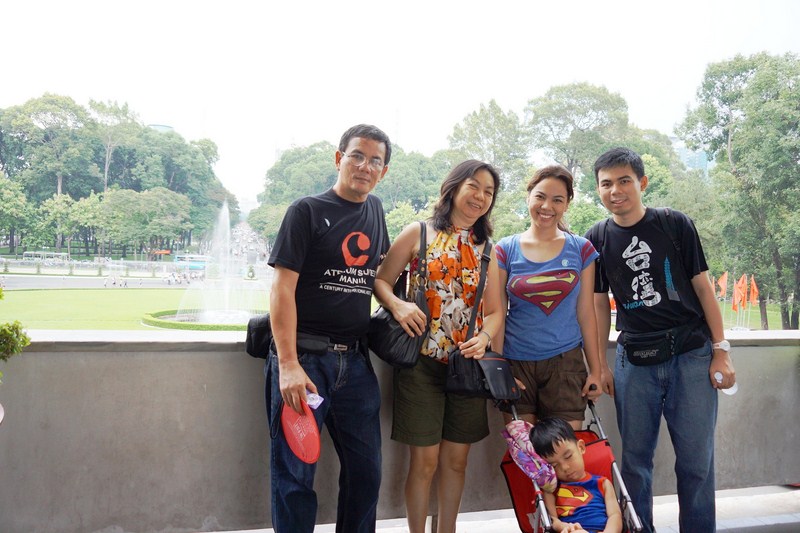
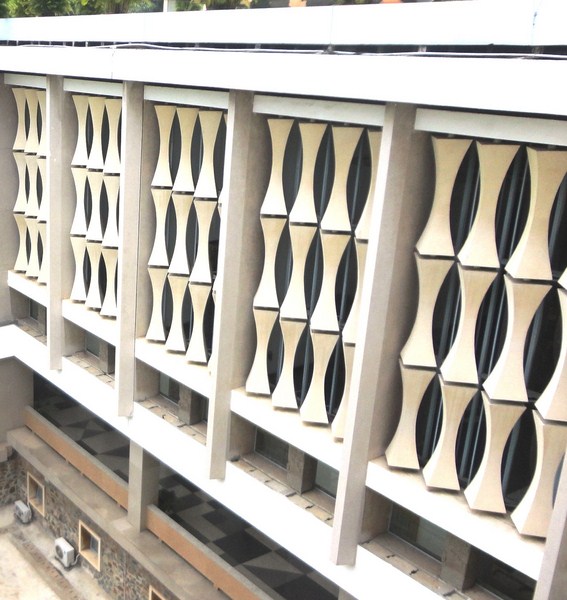
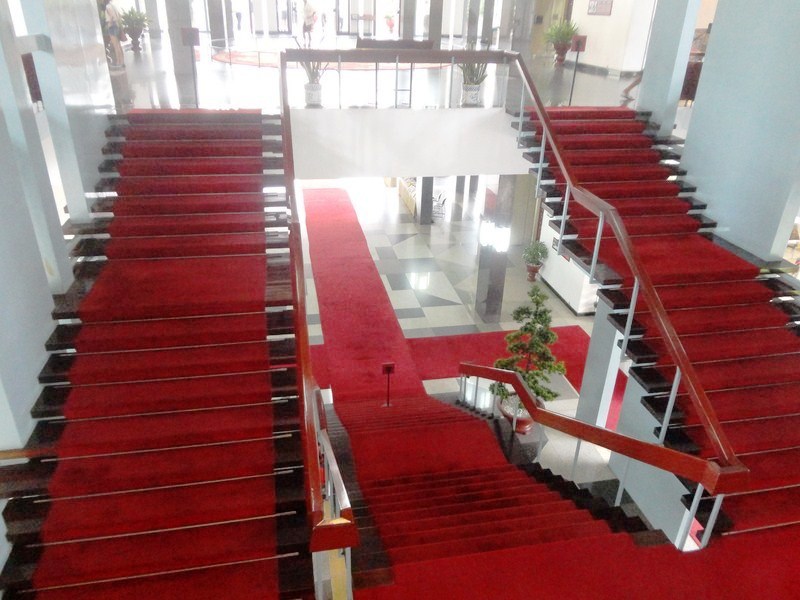
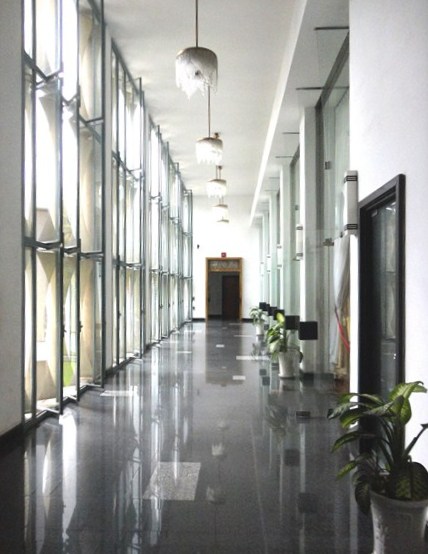
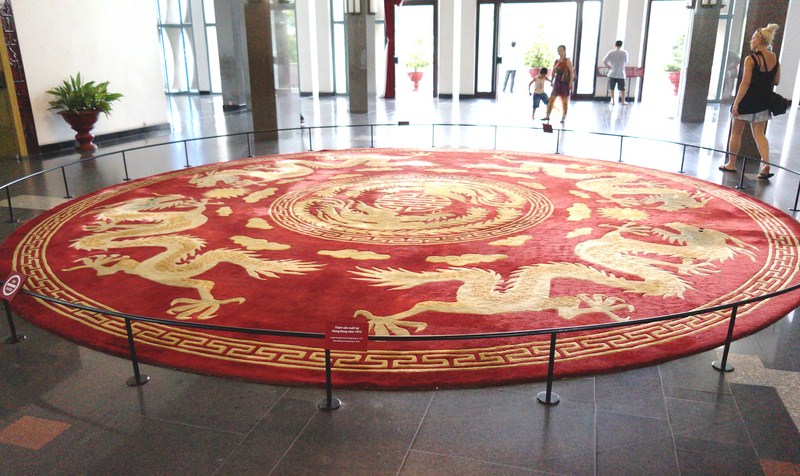
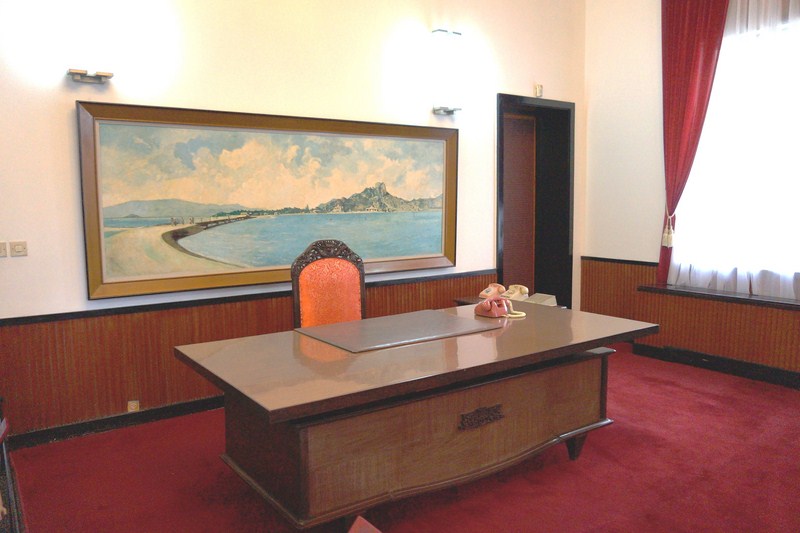
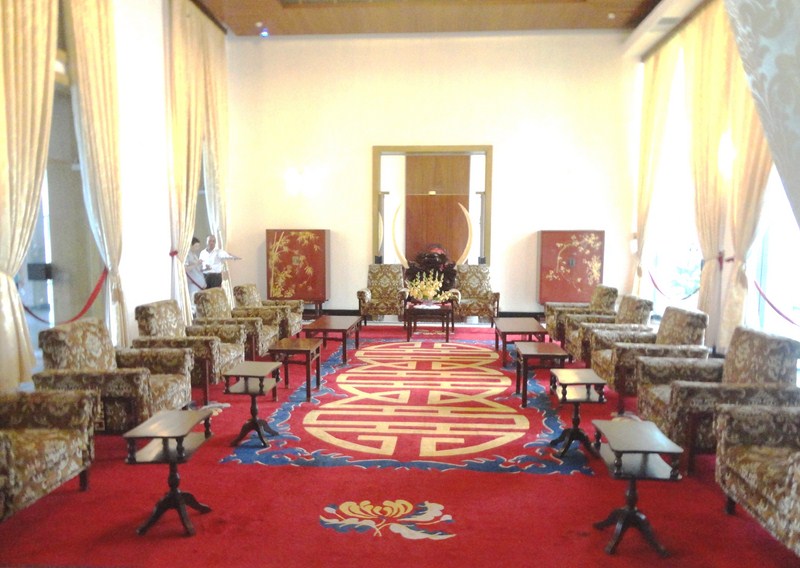
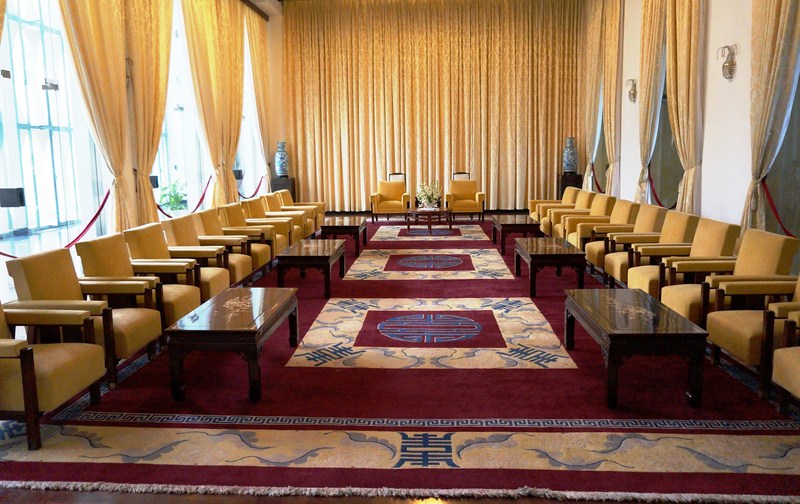
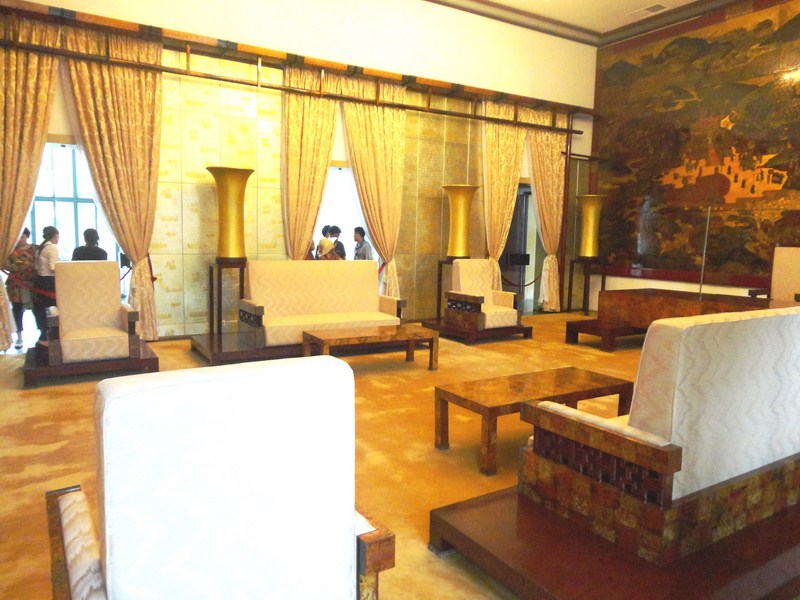
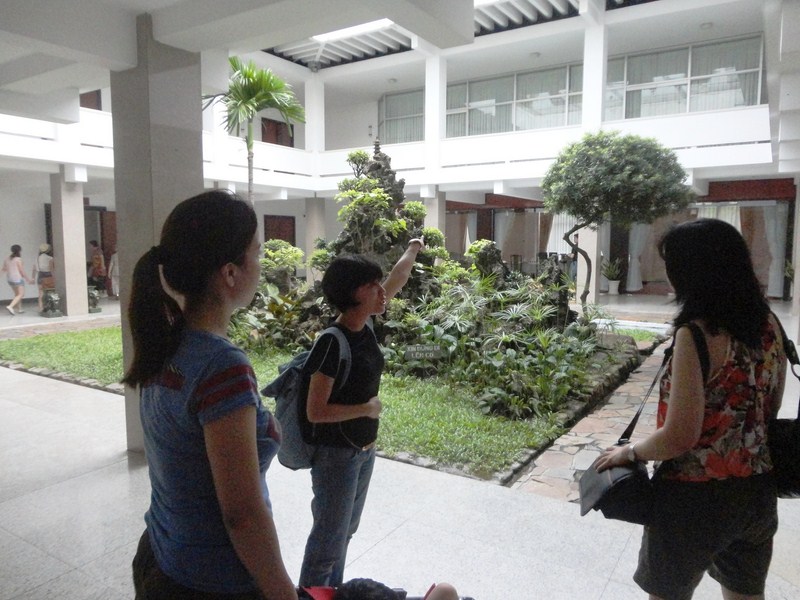
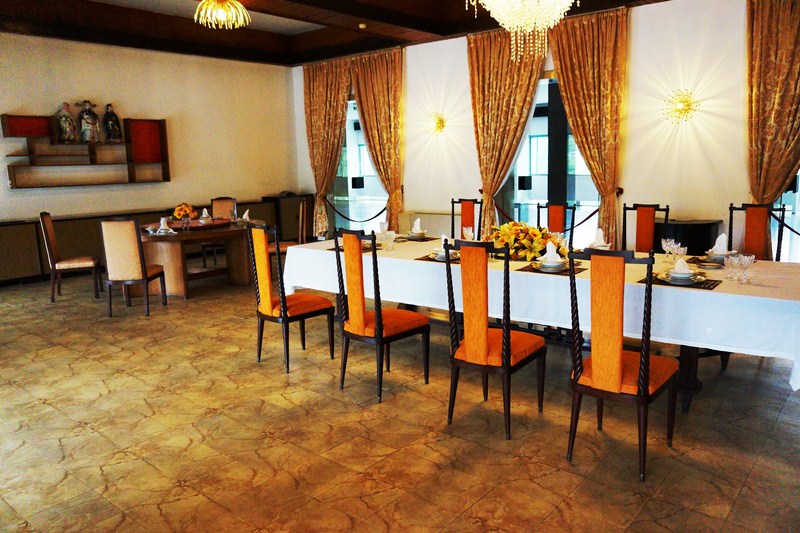
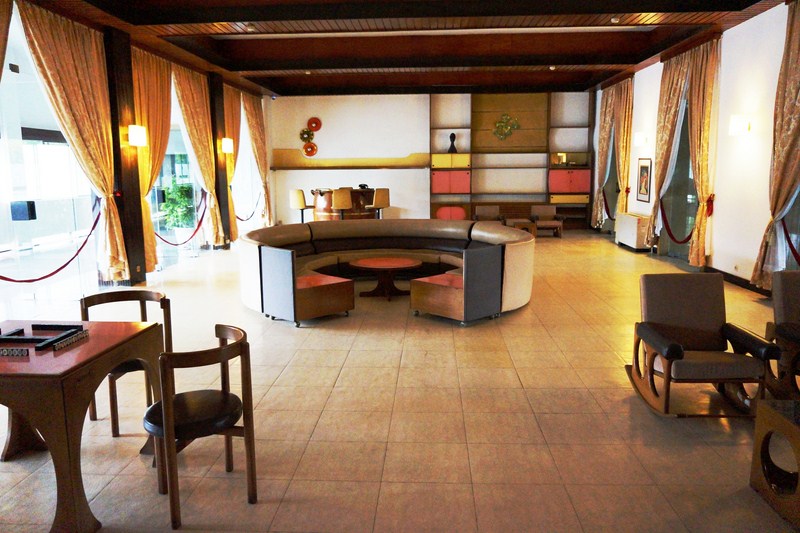
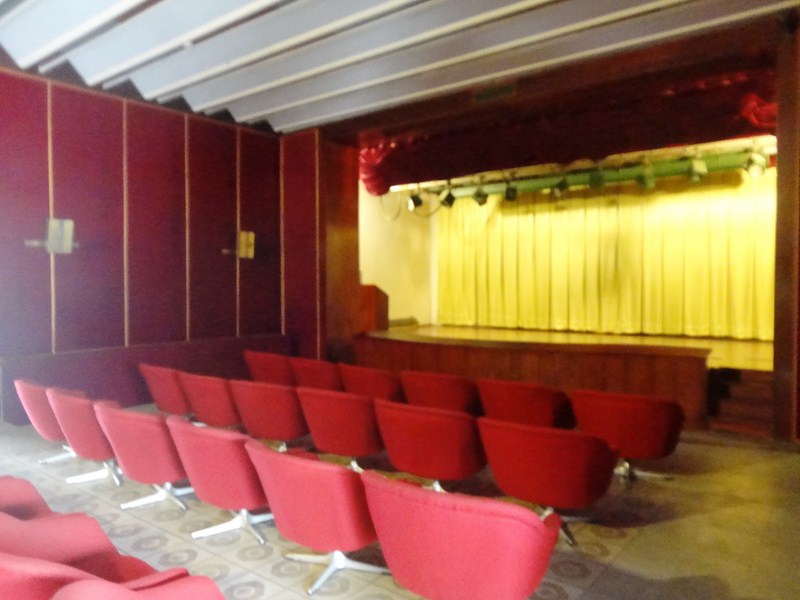
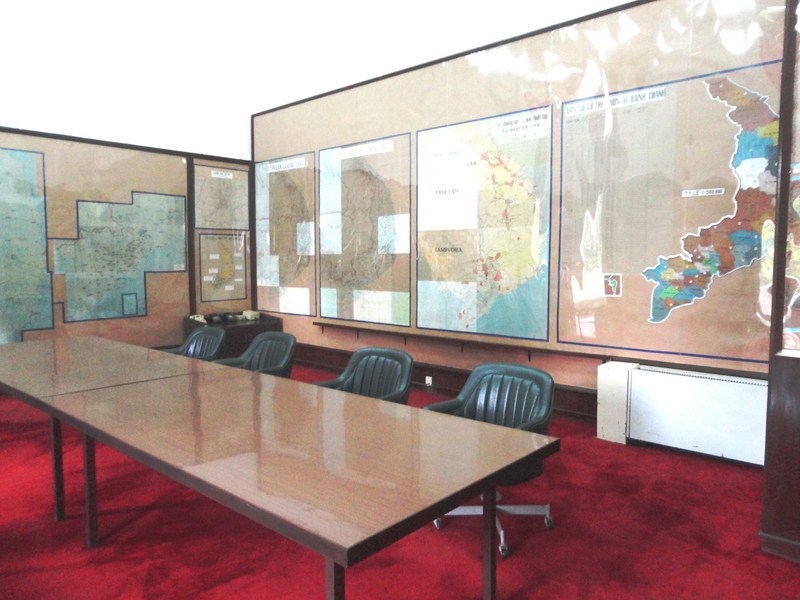
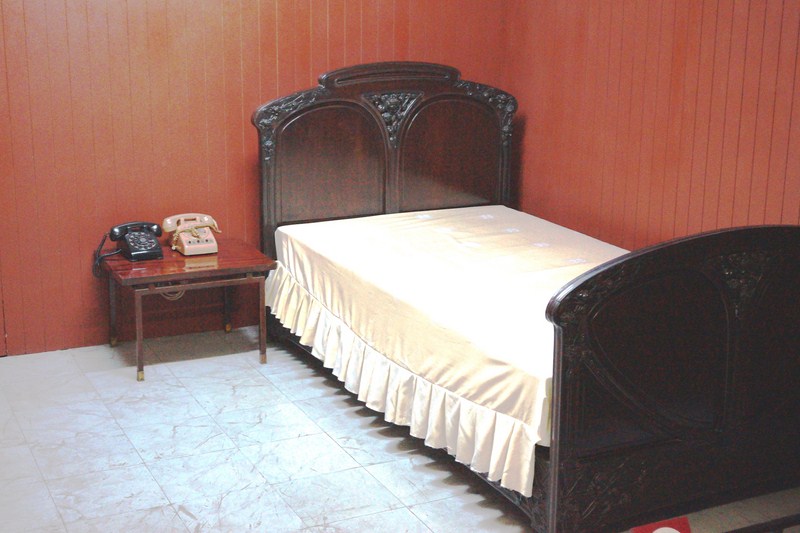
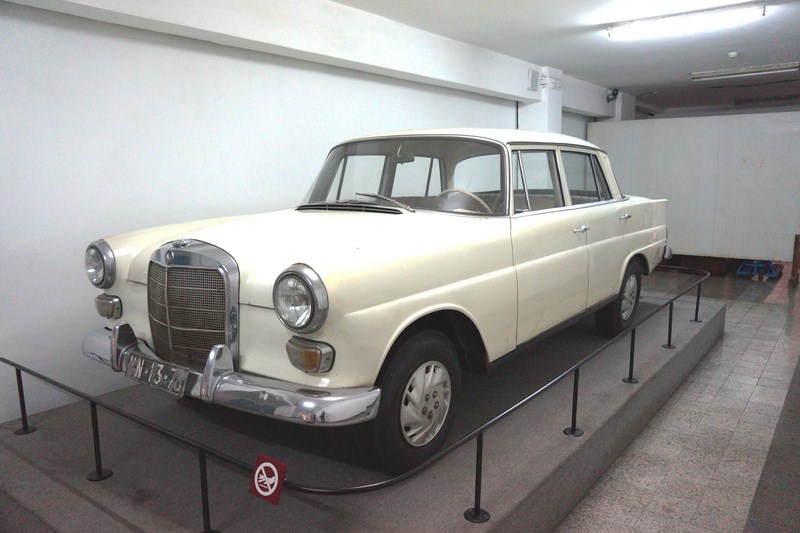
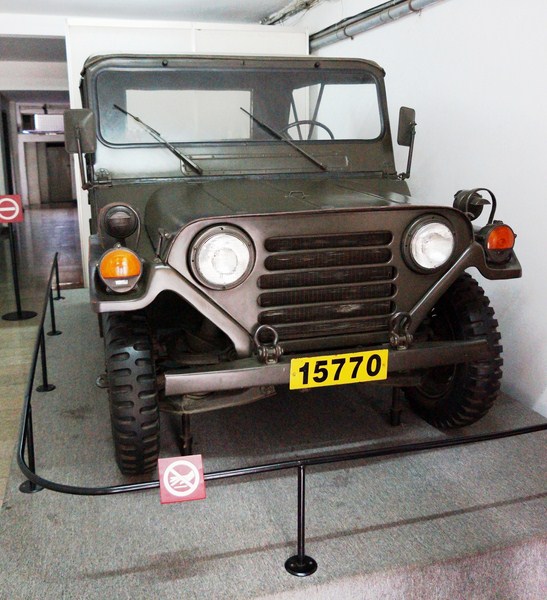
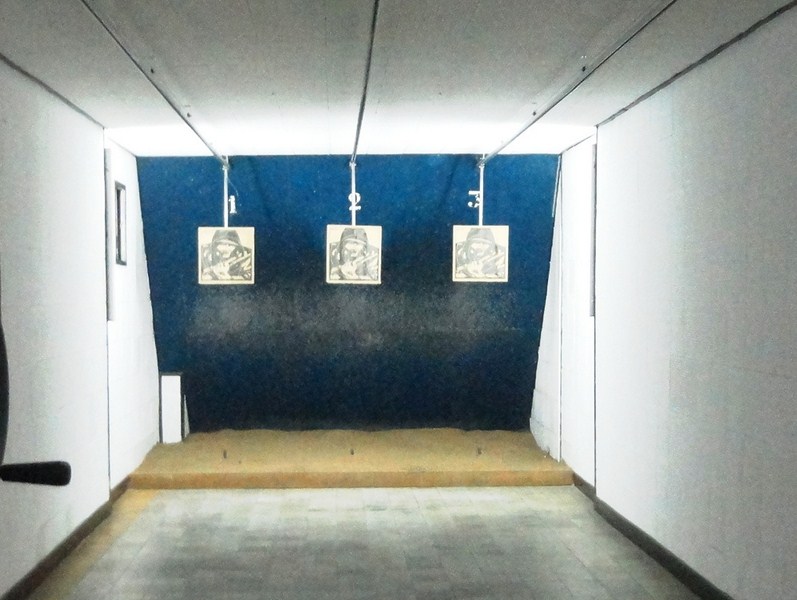
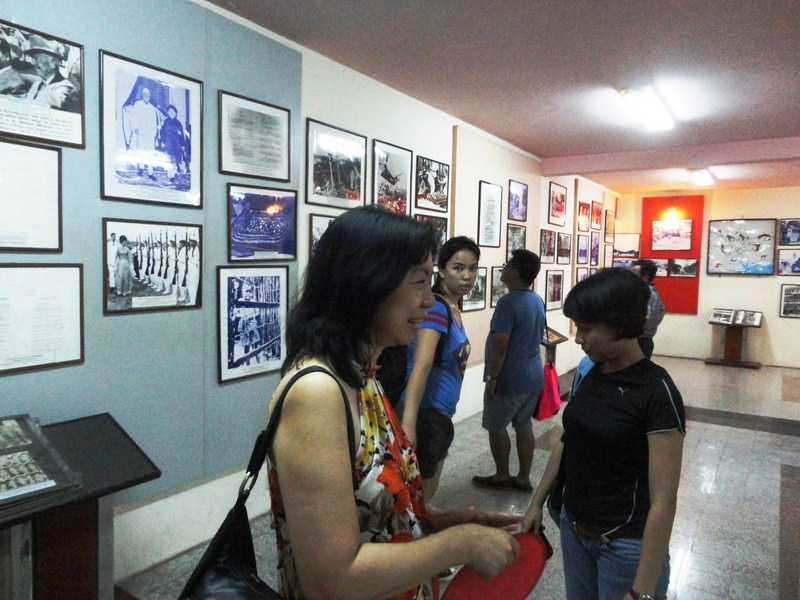
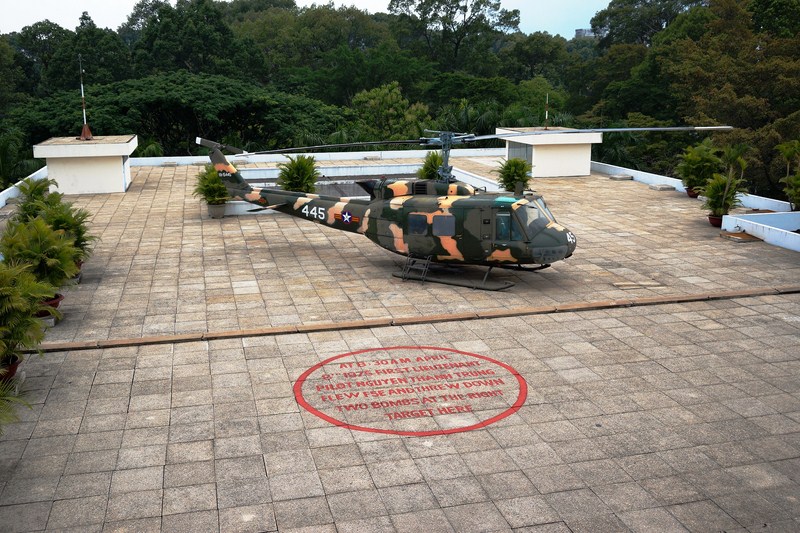
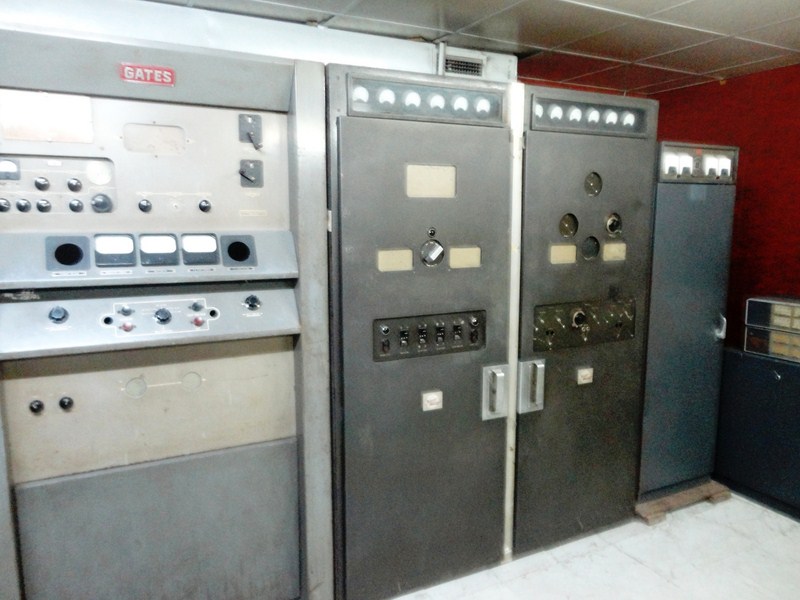
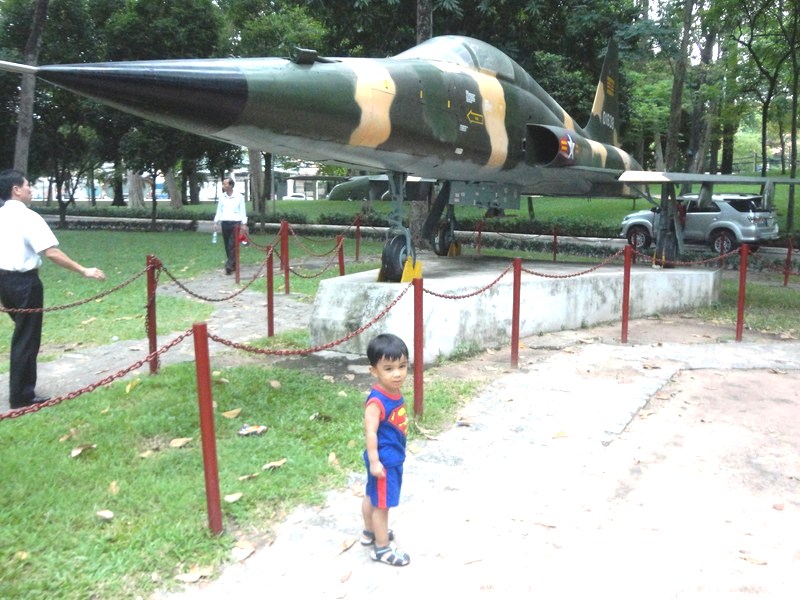
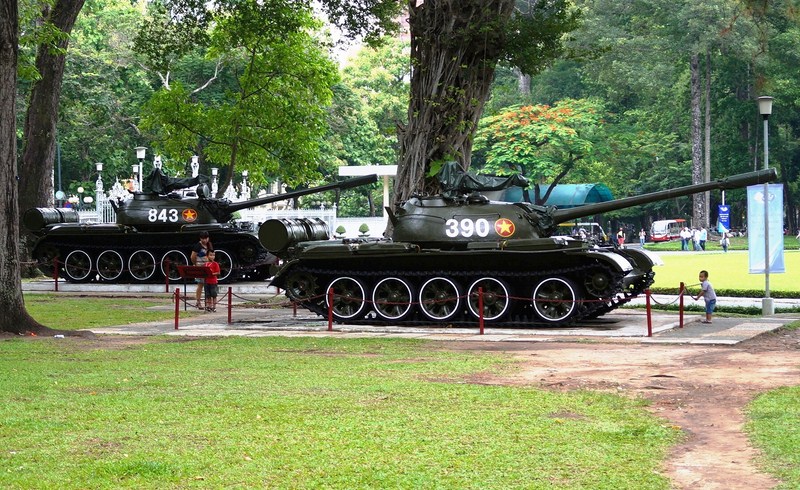
Thanks for finally talking about >Reunification Palace (Ho Chi Minh City,
Vietnam) – B.L.A.S.T. – Live Life to the Fullest ………
Don’t Stay Put <Loved it!
Hello
YOU NEED QUALITY VISITORS FOR YOUR: benjielayug.com
WE PROVIDE ORGANIC VISITORS BY KEYWORD FROM SEARCH ENGINES OR SOCIAL MEDIA
YOU GET HIGH-QUALITY VISITORS
– visitors from search engines
– visitors from social media
– visitors from any country you want
CLAIM YOUR 24 HOURS FREE TEST => http://bit.ly/38APeJP
Thanks, Newton Esparza
If you no longer wish to hear from us, please reply this email.